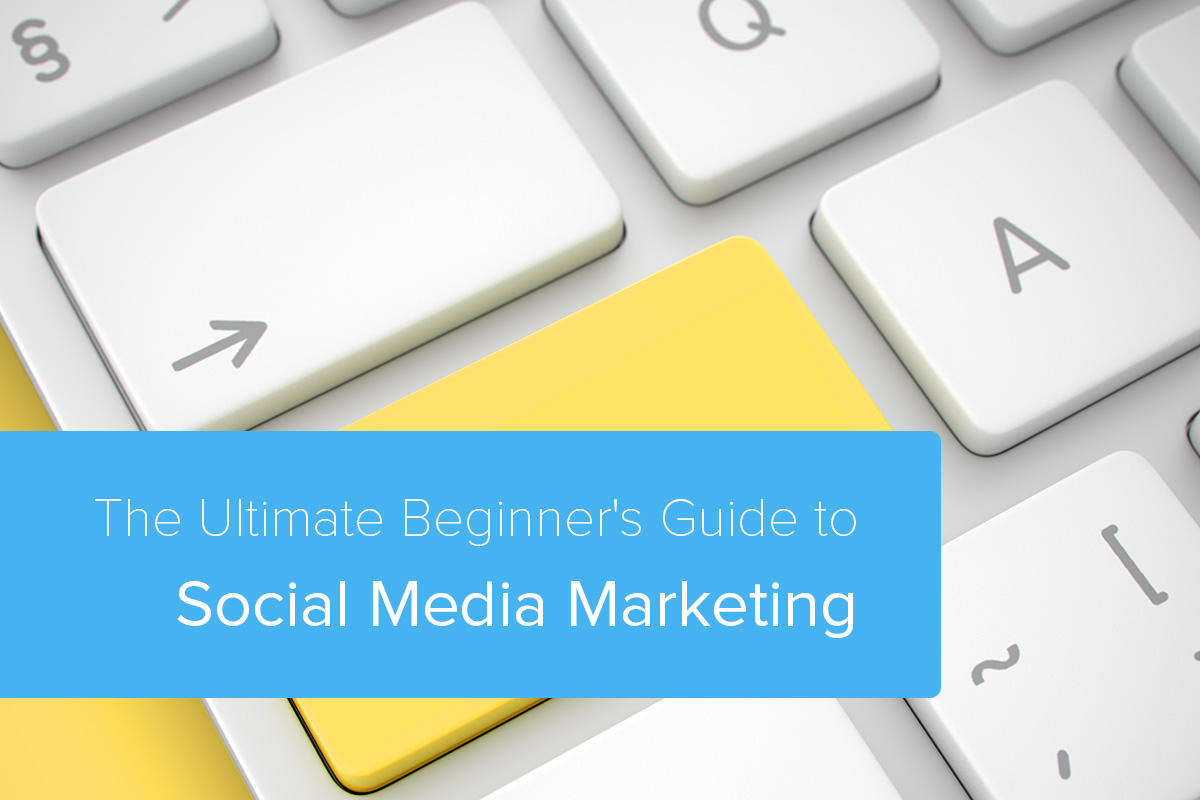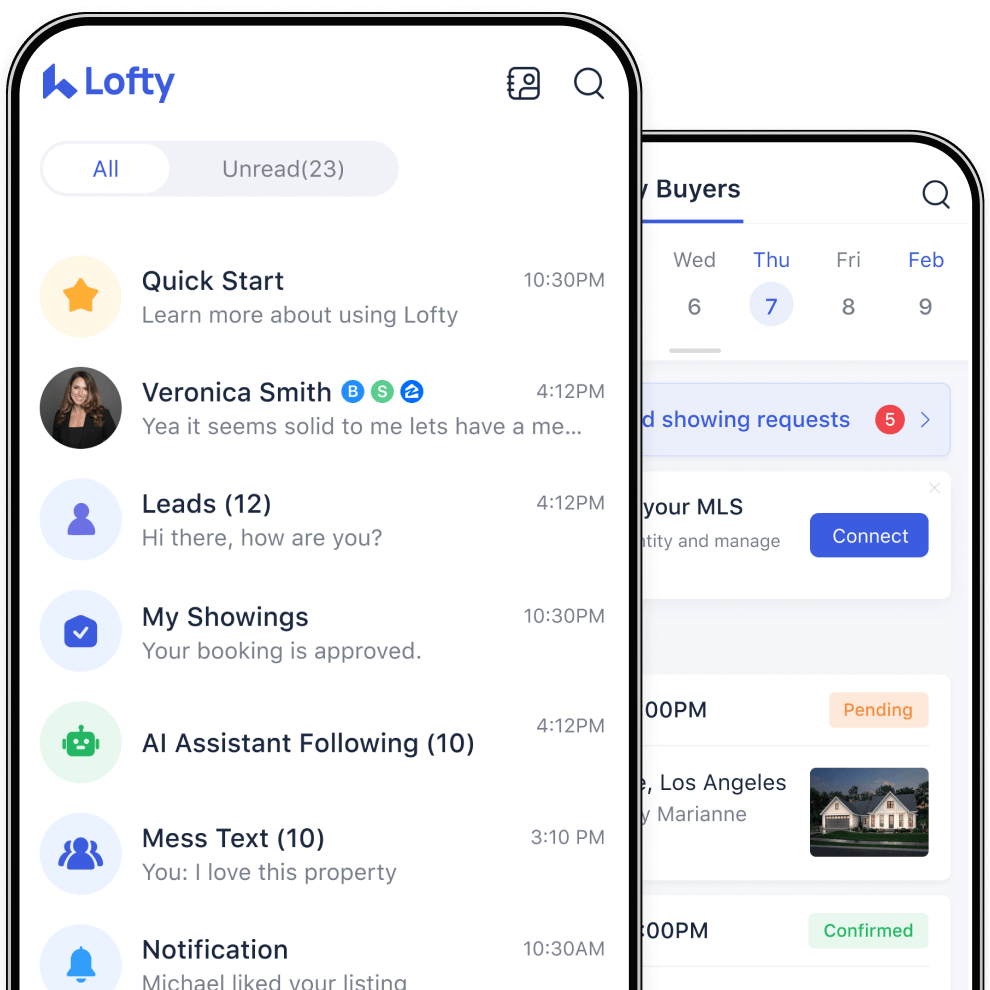The Ultimate Beginner’s Guide to Social Media Marketing for Real Estate Agents

In the beginning, social media was optional in real estate. Fast forward to 2017, and social media is now virtually a requirement. In fact, it has become so ingrained in our society that consumers expect to see the people they work with on social media.
Having social media pages is good, but you won’t get the true value until you are active online. In reality, a Facebook page with three entries from 2015 could actually hurt rather than help your business. This guide will provide you with an overview of social media and links to resources you can use to expand your knowledge.
Step 1: Make a Plan
Many real estate agents try to participate on social media and then lose momentum. Making a plan is the key to your long-term success. When creating your plan:
- Avoid social media burnout. The number of social media sites is growing at a steady pace. You can’t and shouldn’t try to participate on all of them. Focus on the sites that will give you the biggest return and plan how you will use them.
- Identify return on investment. Many agents lose momentum because they can’t see that social media is helping their business. Think more about Return on Engagement (ROE). Track things like number of likes or followers and number of people participating. Eventually, you’ll see those statistics translating into more leads and sales. Social media is a long-term strategy, so expect that it will take time to show results.
Step 2: Choose the Social Media Sites That Fit Your Business and Get Results
Learn about different social media sites, and choose those that fit your objectives. In addition, talk to your clients and prospects to find out which sites they use most often. Here’s a brief overview of the sites that real estate agents typically find helpful:
- Facebook. Facebook is the largest social media site, and it’s estimated that over 1 million small and medium-sized businesses advertise there. It’s a good place to get to know people in your target market area.
- Twitter. Use Twitter to pass on links to content you have generated or content that is interesting to your target market. It’s also a great way to figure out what your prospects are talking about. Plan to include those types of topics on your sites. Over time, this will make you the expert in your market area.
- Pinterest. Pinterest is composed of digital bulletin boards where you can display your knowledge. You can advertise your listings on Pinterest, but your presence needs to be much more than that. Include design tips and ideas, home repair advice, and boards that highlight the neighborhoods you focus on.
- Instagram. This site is like Pinterest in that it is centered on images. It’s a mobile application that lets you take photos or videos and share them on your Instagram account.
- Snapchat. Snapchat is another mobile app that allows you to share photos or videos. The difference is that once someone has viewed a Snap, it disappears. Obviously, it’s not a good place to put things like listings that you want people to be able to view more than once, but it’s worth checking out to see if it fits into your plan.
Make sure you track your ROE for the social media platforms you’ve chosen. If you’re not getting engagement on a platform, rethink your marketing strategy. If you believe you’re doing everything right, it may be that you need to focus your efforts elsewhere.
Step 3: Learn How to Use Social Media Sites Effectively
Each social media site has its own personality, and you’ll need to adapt your approach to each one. These tips will help you get started.
Set up each platform with your name, contact information (including your website), and plenty of photos. Consider using a professional photographer for your headshot and property photos for key listings, and use stock photos for header images where required. A professional look online will always serve you well.
- Don’t focus all of your posts on real estate. Use the 80/20 rule, meaning that 80 percent of your posts should be on topics of interest and 20 percent should relate to your business and listings.
- Add a contact form to your Facebook page. Capture additional leads by adding a contact form. You can set email alerts directly to your inbox when a new lead fills out the form.
- Incorporate videos to catch more attention. Social media is an evolving medium, and when vying for your audience’s attention, videos and animated graphics are more likely to grab attention than a static image.
- Take advantage of live-streaming using one of the many apps currently available. You can use live-streaming to attract online attention for an open house, for example, and then post the video on other social media sites.
- Engage with your audience. Michael Meier, founder and owner of MEIER Real Estate, told us at Inman Connect to “engage every like, smile, and comment. Likes and hearts on your Facebook posts are support from your audience. Show them you appreciate their support by replying with personalized messages.”
Step 4: Social Media Management
The best way to manage social media is to use one of the social media management tools. These tools help you save time and keep your social media campaigns going strong. Hootsuite is one of the most well-known tools, but they all have the same objective. You can set up an interface to your social media sites in a management tool, then schedule your posts in one place. Some tools even provide analytics to help you track growth.
The other thing to keep in mind is that you can repurpose content from one site to another. That saves you time because you don’t need to create every post from scratch.
Being active on social media is a powerful way for you to establish a strong online presence, position yourself as an expert, and connect with your clients and prospects. Taking an organized approach will help you avoid burnout, and you’ll undoubtedly realize a good return on your investment.
